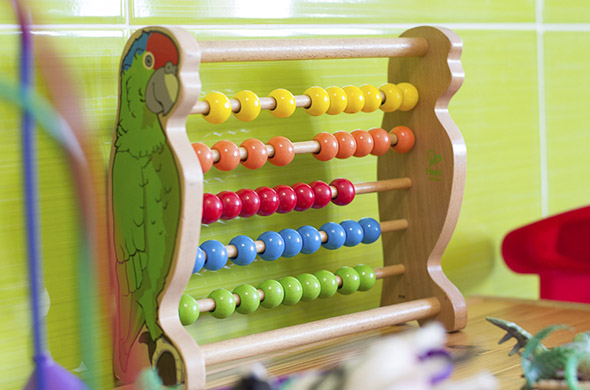Esta entrada también está disponible en: Spanish
The abacus is a calculation tool that uses beads sliding along a series of wooden or metal bars fixed to a frame to represent units, tens, hundreds, thousand units, and so on. It was invented in Asia Minor, and is considered the forerunner of the modern digital computer. Today it is still used in the Middle East, Russia, China, Japan and Korea.
As it can be touched and manipulated, the abacus is a teaching tool very useful for children beginning to understand Mathematics, because it is much easier for them to work arithmetic aspects this way than from an abstract approach. It is also excellent to understand the positional value of numbers and the numbering system, and to internalize the meaning of basic operations. However, the abacus can be used for multiplication, division and even square roots!
Therefore, MIT School has acquired abacuses for all primary classes, so that, an hour per week, the students will work with it and will improve their mathematical understanding, stimulating the development of the left hemisphere of the brain -in charge of logic, analysis, calculation and sequencing-.

 English
English Español
Español 